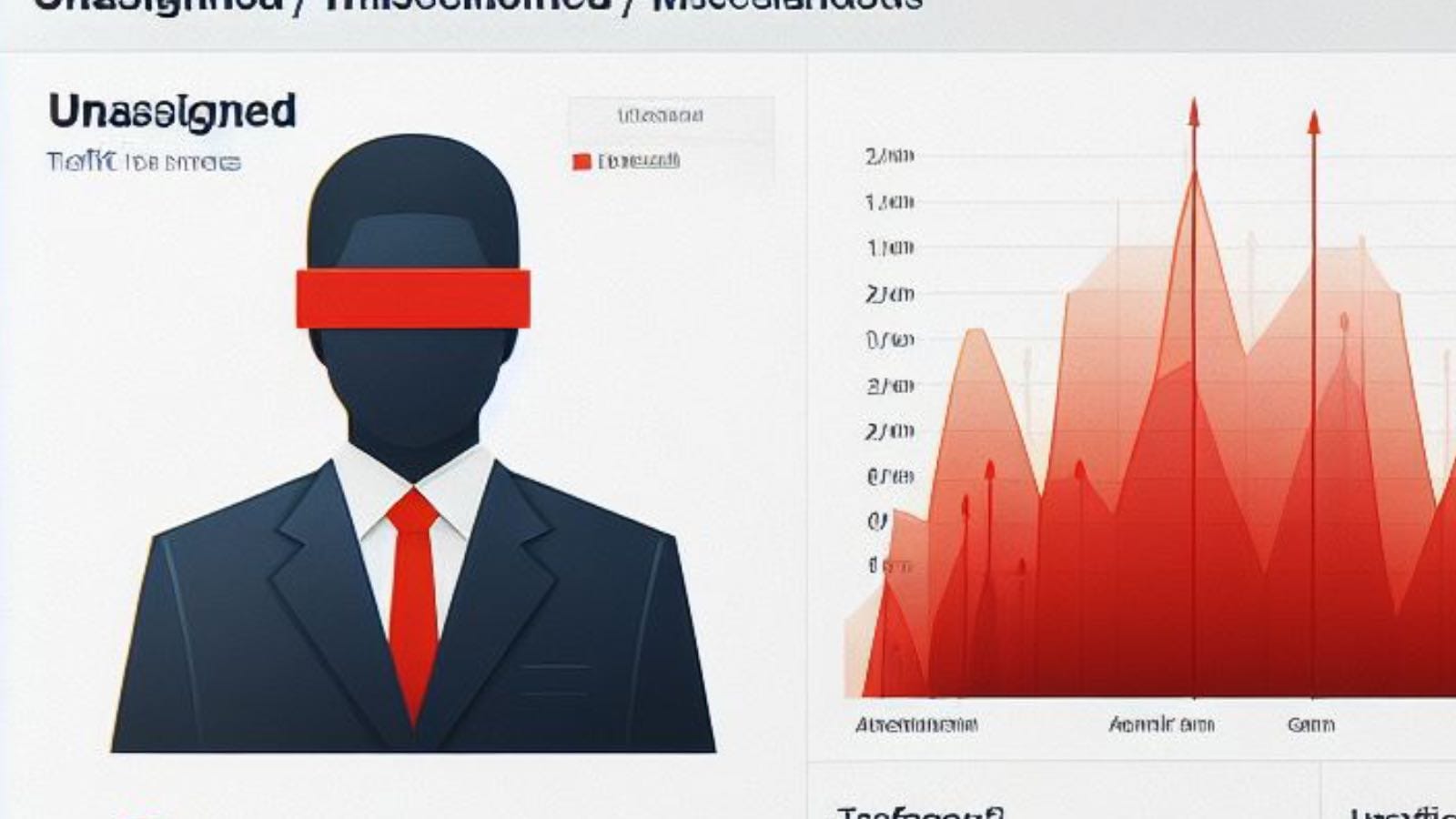How to avoid Unassigned Traffic in GA4
Many marketers continue to disregard these guidelines, resulting in an abundance of "unassigned traffic" in their GA4 reports.

In a bid to enhance the accuracy of website traffic data, Google has published a set of guidelines for UTM tracking in its analytics platform, Google Analytics 4 (GA4). However, many marketers continue to disregard these guidelines, resulting in an abundance of "unassigned traffic" in their GA4 reports.
Unassigned traffic refers to website visitors whose source and medium cannot be accurately attributed to a known channel. This can lead to inaccurate insights and hinder marketers' ability to track the effectiveness of their marketing campaigns.
Google utilizes a system of "channel rules" to group similar traffic sources, typically those belonging to the same traffic medium. For instance, traffic originating from Google Search, Yahoo Search, Bing Search, and AOL Search, all categorized under the "organic" medium, would be clubbed together under the "organic search" channel group.
However, Google does not have pre-defined channel rules for user-defined sources and mediums or those marked as "(not set)." These traffic sources are consequently categorized under the "unassigned" channel group, leading to data discrepancies.
To effectively combat unassigned traffic, marketers must adhere to the GA4 UTM tracking guidelines. This involves using system-defined traffic sources and mediums whenever possible. System-defined sources are those recognized by GA4, while system-defined mediums are those defined by GA4.
For instance, in the example of a Facebook ad, replacing the user-defined medium "fb-ad" with the system-defined medium "paid" ensures the traffic is accurately categorized under the "paidsocial" channel.
By following these guidelines, marketers can significantly reduce the amount of unassigned traffic in their GA4 reports, providing more accurate insights into their campaign performance. It is crucial for marketers to familiarize themselves with the channel rules and definitions to ensure consistent and accurate tagging.
Sharing this knowledge among all individuals involved in URL tagging within an organization is essential for maintaining consistency and eliminating data discrepancies. By adhering to these guidelines and sharing the information with relevant stakeholders, marketers can harness the power of GA4 to make informed decisions and optimize their marketing efforts.
The guidelines
Google Analytics 4 (GA4) allows marketing professionals to track campaign data with custom URLs. By adding utm parameters to your destination URLs, you can identify the campaigns that refer traffic. When a user clicks a referral link, the URL parameters are sent to GA4 and the parameter values are visible in the Traffic acquisition report.
Here are some parameters you can add to your destination URLs:
- utm_source: Referrer, for example: google, newsletter4, billboard
- utm_medium: Marketing medium, for example: cpc, banner, email
- utm_campaign: Product, slogan, promo code, for example: spring_sale
- utm_term: Paid keyword
- utm_content: Use to differentiate creatives
- utm_creative_format: Type of creative
- utm_marketing_tactic: Targeting criteria applied to a campaign
You can add parameters to your URLs manually, or you can use the Campaign URL Builder or the Play Campaign URL Builder.
To see your custom campaign data, go to the Acquisition > Traffic acquisition report in GA4. You will see Session source/medium, Session medium, Session source, and Session campaign.

